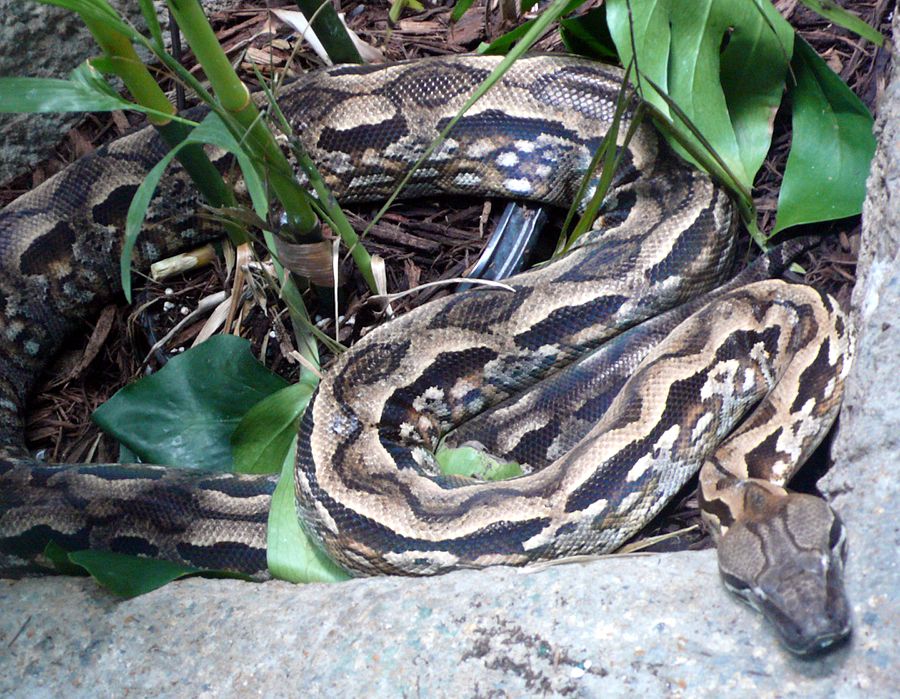Facts About Acrantophis madagascariensis
The Malagasy ground boa (Acrantophis madagascariensis), also known as the Madagascar boa, is an intriguing snake native to Madagascar. It is the largest snake species on the island, with adult females reaching an impressive length of up to 10 feet. Belonging to the Boidae family, these snakes capture their prey through constriction.
In terms of appearance, these boas exhibit a striking color pattern. Their bodies are a mix of pale reddish-brown and gray, embellished with black or brown-outlined dorsal rhombs. They typically inhabit open woodlands, such as the dry deciduous forests found in central, northern, and western Madagascar.
Fortunately, the Malagasy ground boa is currently classified as Least Concern on the IUCN Red List, a status it has held since 2011. Historically, however, they were considered Vulnerable. Despite their improved status, these snakes still face threats such as deforestation, population growth, agricultural expansion, industrial development, and illegal pet trade.
In terms of behavior, these boas are notably resourceful. They often seek shelter in mammal burrows, fallen trees, and piles of debris. During the cool and dry winter months, they enter a state of brumation, which is akin to hibernation. Following this period, they mate, and females give birth to 4-6 large young after a gestation period of 4-6 months. Remarkably, the newborns are ready to feed on small rodents and birds immediately after birth.
